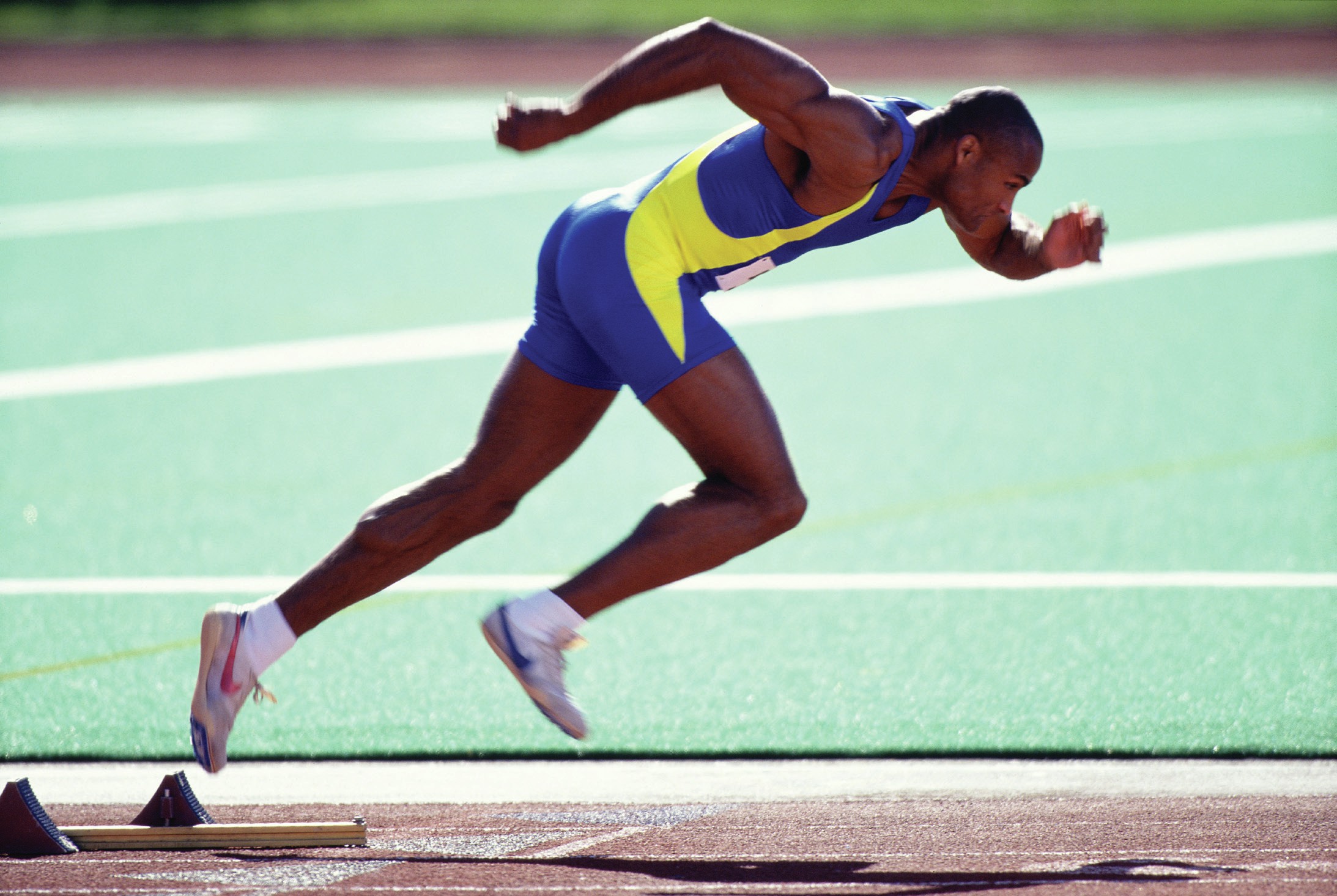
Analysing human movement through joints, muscles and mechanics is a popular exam topic that so far has appeared on every PHED1 paper. You can make this question seem more straightforward if you remember that the exam board will choose one of seven possible sporting actions for you to answer questions on. There are three upper body actions and four lower body actions (Table 1).
For each of these sporting actions there are several key areas you need to analyse. The first is joints but you only need to look at certain joints within these actions. An analysis of the shoulder and elbow joints is needed for the push up, overarm throw and forehand racket stroke, whereas an analysis of the hip, knee and ankle joints is needed for the jump, kick, squat and run. This means that there are only two joint types that you need to remember. The hip and shoulder are ball and socket joints and the ankle, knee and elbow are hinge joints. Forget about all the other types of synovial joints — you are not required to answer questions on them.
Your organisation does not have access to this article.
Sign up today to give your students the edge they need to achieve their best grades with subject expertise
Subscribe




